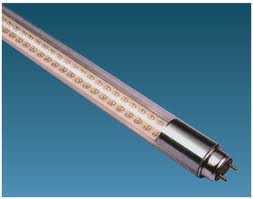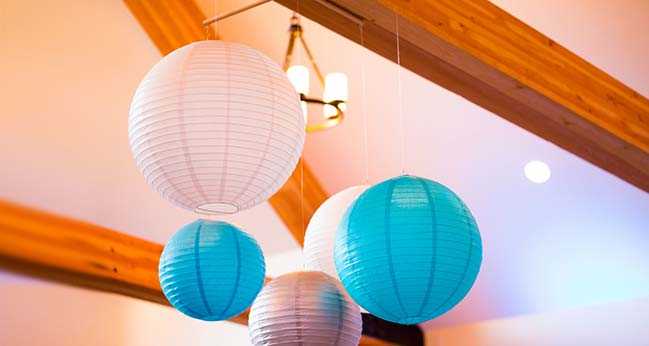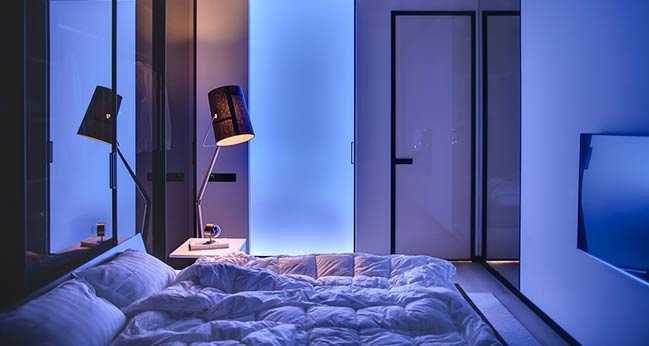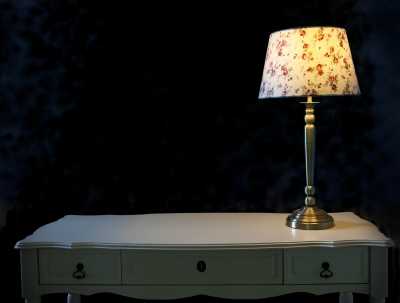LED Tube Light For Energy Efficienct Apartment
 |
 |
Today LED tube lights deliver equal or better lighting performance with only a fraction of the energy consumption of the traditional fluorescent tube lights. LED tube is the newest product line in the tube family made up of white LED chip modules. Provided with the advantages of long life-span, radiation-free, energy saving, environmental friendly.
Once you learn about the benefits of LED tube lights, you will see and understand why they are a positive choice for anyone looking to improve the environment with their lighting choices. In this Article, we will be comparing LED Tube Light and traditional Fluorescent Tube Light by following characteristics
- Function
- Light Output
- Power Consumption
- Directivity
- Color
LED Tube Light Vs Traditional Fluorescent Tube Light
 |
 |
Function
Traditional Fluorescent Tube is a gas discharge lamp that contains gases like Mercury. It produce short wave ultraviolet light that gets transformed into visible light, the inside of the tube has a phosphor lining. Then the 80% of electrical energy is converted into heat energy, 20 % only used for visible light. The energy produced converts into more heat than Led lights.
Light Emitting Diode (LED) is a semiconductor diode. It consist of p-n junction diode, when it is in forward biased the electron recombine with holes, and then it release some energy in the form of photon (visible light). The electrical energy is converted into 80% light energy, remaining 20% being heat energy. LED does not contain harmful chemical like mercury.
Light Output
One of the most important considerations in selecting a light source is how much light it will generate.
T8 Fluorescent tube lights are available with different kind of rated light output and power consumption. For example 36 watts fluorescent lamp, light output (Luminous Flux) is 2000 lumens, so system efficacy is 55 lm/ watt. Rated life is 5,000 hrs. Tube light efficiency comes down with time. Luminous Flux or luminous power is the measure of the perceived power of light.
Lux at the ground = 9.18, Lux/watt =0.50 [Lux (symbol: lx) is the SI unit of illuminance and luminous emittance measuring luminous power per area.]
If using Aluminum Reflector, it can reduce 13% of output light. Now the light output is 1566 lumens
Lux at the ground =15.71, Lux/watt =0.43
If using prismatic Refractor, it can reduce 8% of output light. Now the light output is 1656 lumens
Lux at the ground =16.62, Lux/watt = 0.46
As we all know the efficiency is very high for LED Tube Light over the other lights. So the Luminous flux is consistent for rated life and power consumption also should be low. LED tube lights outperform fluorescent tube lights on both costs and output. Thanks to its directional output, LED tubes deliver light where it is needed – on your work surface.
Power consumption – 16 watts, System Efficacy -123 lumens/watt, So total light output( Luminous Flux) is 2000 lumens. It should be maintained for Rated life(50,000 hrs). Life span is very high for led lights over other lights. Lux at the ground =68.53, lux/watt =4.28
Reflector is not required for LED lights because of Directivity (Beam Angle).so the light output should not be wasted compare than Fluorescent lamp.
Having any query regarding LED Supplier/Dealer? Let our Expert help you. Click here. |
Power Consumption
Normally the Fluorescent lights are available in 36 watt, but it runs using electronic ballast (called solid state ballast) which consume above 12 watts power.
- Magnetic Ballast, the stating modes are Programmed stat, instant stat, and rapid start Lamp flicker index is 0.04-0.07; Dimming is not available for this ballast
- Hybrid Ballast, the stating mode is rapid stat, Lamp flicker index is 0.04-0.07. Dimming is not available for this ballast.
- Instant start Ballast supply a high initial voltage (over 400V for 4 ft Tube) to start the lamp. High voltage is required to initiate the Discharge between unheated electrodes.
- Rapid Start Ballast supply 200-300V to start the lamp, which can heating the electrodes to approximately 1470?F(800?C). It starts the lamp with brief delay but without flashing. And for the Fluorescent lamp, warm up time is also minimum 5 minutes.
As we all known using LED Tube Light the power Consumption should be very low. And no need to use electronic ballast because it runs by constant current and voltage. We can’t see the flickering in the range of voltage 85-285VAC and Dimming also available for the led lights. LED driver are used in LED Lamp. So LED Tube Light has a potential benefits like quick start compared to Fluorescent Tube Lights.
Directivity
Beam Angle is very important in every lighting technology. For Fluorescent lamp Beam angle is 360 degree. We can calculate the beam spread only for 270 degree, 90 degree beam angle may wasted
Beam Spread = 48.6 (Recommended pole height is 10 ft)
Led lights are available with variety of Beam Angle, Beam Angle is 120 degree for our Led Tube Light, and we can calculate beam spread for 120 degree
Beam Spread = 21.6 (Recommended height is 10 ft)
The light output is not wasted in Led Tube Lights compare than Fluorescent Tube Light.
Color
 |
 |
Fluorescent tube contains mercury gas, which can discharges and emits 65% of light in 254 nm and 10-20% of light in 185 nm. It will emit the yellowish white color. It has a low Color temperature and Color Rendering Index (Color Tempreature-4100 Kelvin, CRI-80)
Led light has a high correlated color temperature of 5500k -7500k. The sunlight has a color temperature of 6500k, so led light is equivalent to the sunlight. And CRI is also very high (above 90). It can emit the cool white color in the spectrum of 380-740 nm. For Humans also the visible spectrum is 380-740 nm.
Based on above discussion, Led Tube Light is a better alternative to fluorescent Tube Light. Provided with the advantages of long life-span, radiation-free, energy saving, environmental friendly.








